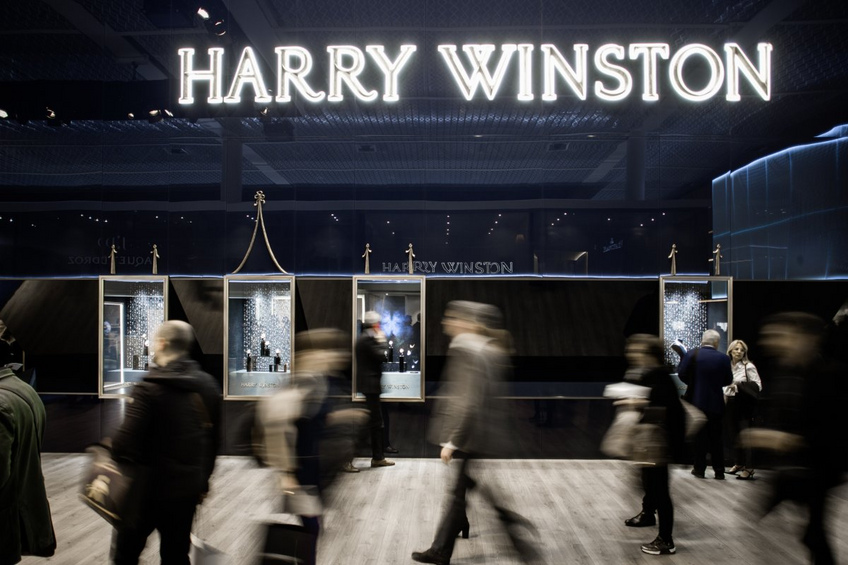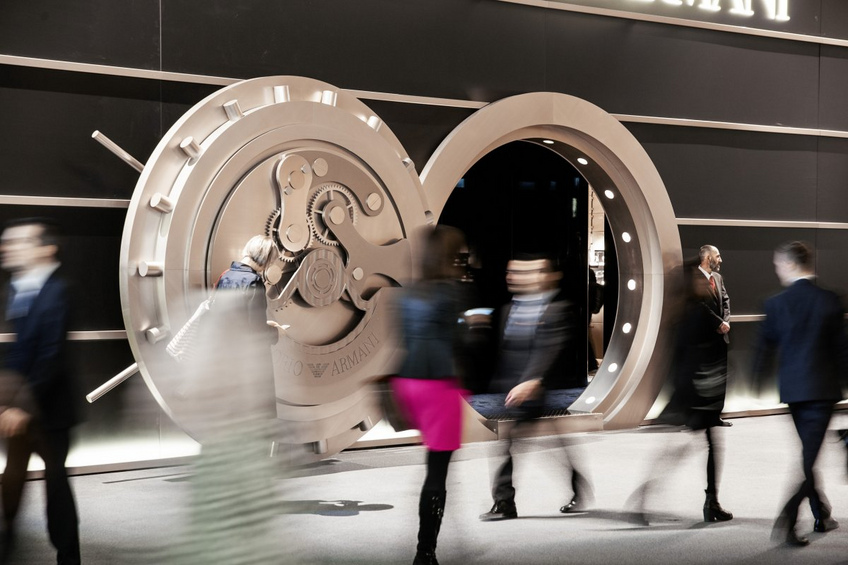
Baselworld 2016: realities and outlook
Baselworld has just closed on a somewhat somber note due to the recent events in Belgium, and with the distinct sense of having not met all expectations. Time to focus.
The 1,500 exhibitors polled, including the 304 Swiss watch brands, plus hotelkeepers and caterers, all had the same reaction. The halls during this edition of the watch and jewelry fair were very poorly frequented. In fact, on the morning of Wednesday, March 16, no crowd was pressing at the turnstiles of Hall 1. It was visibly a very special day, one that let the professionals present stroll through deserted halls without bumping into visitors all excited by the watches on display. The most optimistic ones suggested that the economy was at fault. Others were thought that it was because the organizers had once and for all decided that bloggers were not to be considered journalists. None of this really explains the absence of the public. Or rather of that part of the general public that usually comes to Basel to look at the collections.

Other possibilities: the missing people were from Asia, or they were retailers who were not really thrilled about renewing their orders, because they are overstocked. Perhaps they were collectors tired of having to look at the display cases without being able to go inside the booths ... Everything is possible and, in the final analysis, conjecture. Only one thing was certain: The visitors to the fair all sensed that they were in far lower numbers than last year. Yet the official tally for the show suggests only a drop of 3% compared to the previous event (145,000 versus 150,000 visitors), so it would seem that those who were not more noticeable precisely by their absence.
Quantity and quality
"Fewer visitors does not mean fewer clients." That, at any rate, was the view held by Florence Ollivier-Lamarque, member of the Executive Group Management Board at Swatch Group, when asked about the reasons for dwindling customers. The order books are filling nicely, according to her, and as François Thiébaud, CEO at Tissot and President of the Baselworld Swiss Exhibitors' Committee put it: "It seems that the crisis is behind us, with a recovery expected for April 2016." Furthermore, even though Swiss watchmaking saw its exports drop by 3.3% in 2015, the industry did chalk up a cumulative increase of 63% in export value over the past five years. The driver was in part the rocketing sales of mechanical watches on the international markets, which went from CHF 8.7 billion in 2009, to CHF 16.2 billion in 2015.
Back to market realities
So, yes, it's true. The market that has managed to draw 1,500 exhibitors on a surface of 141,000 square meters this year, that is 145,000 visitors (including more and more media), is experiencing a genuine transformation. The economy, which experienced a slight slowing-down in the past year, may well continue in the same mode in spite of the ultra-positive predictions being made by the representatives of Swatch Group. To adjust to the situation, most companies have tried to offer the professionals in the business products that are a lot more affordable, since they do have to stay in touch with their "normal" consumers, in other words, those consumers who are not superrich. Brands producing on models in the CHF 1000-5000 range (about the same in euros or dollars these days) have been unveiling entry-level timepieces priced at under CHF 1000.
Those that dared go a little further are now backtracking as a way to reconnect with the reality of a market that one feels is less Asian. Russian consumption declined by 25% in 2015, and Hong Kong's market dropped by almost 30%. This is a far cry from the global collapse of 20% in 2008 and 2009, but the stakeholders are quite clear about one thing: Hypothesizing about growth will have to be curtailed in favor of a more moderate evolution with a hope of durability. This view was put forward by François Thiébaud just before news of the attacks in Brussels on Tuesday. He predicted an increase in exports for 2016 in the 2-5% range. The start of the recovery in April mentioned above he ascribed to products that were in sync with market expectations.

In sum, the 2016 iteration of Baselworld was not the one in which connected watches achieved a genuine breakthrough. On the contrary, they were kind of sidelined in this world of luxury and proved that they were still quite far from being unanimously accepted, even if the industry did manage to sell about 25 million of them in 2015 (out of a total of 1 billion watches put on the market). Another point to remember is that normal watches are too expensive, and the large groups that own the major brands tend to see them rather as financial tools designed to earn a great deal for investors in the industry. This Baselworld was proof that to survive in the business, brands will have to supply consumers who are coming of age (the 30-40-year-olds) with the means to achieve their ambitions by offering them timepieces that are made with great care and are affordable at the same time. So, to conclude: Dreaming is great, becoming real is better… And that, with the rider that the industry has seen other, more serious crises and that it has always managed to weather the storm without even having to compromise too much.




















